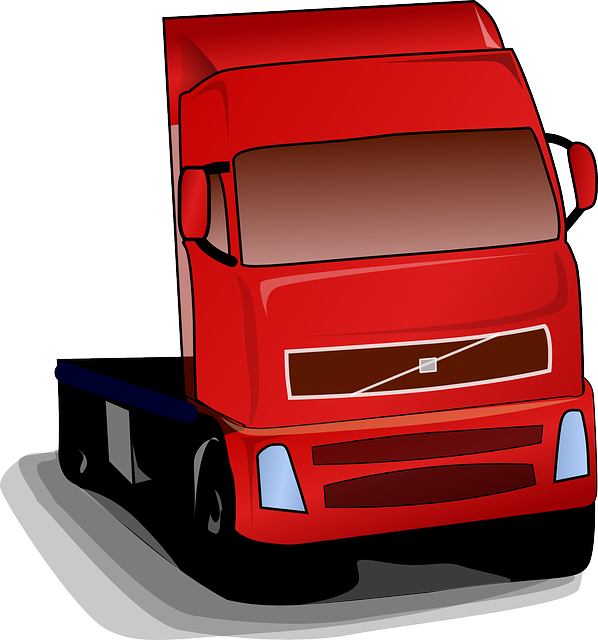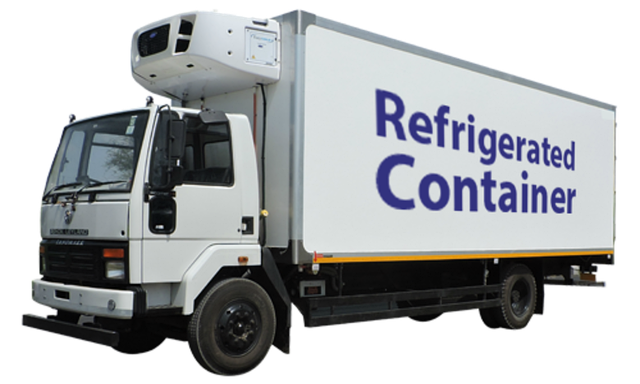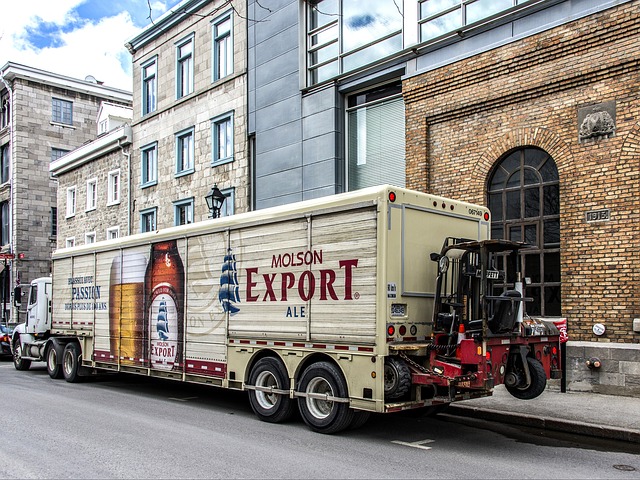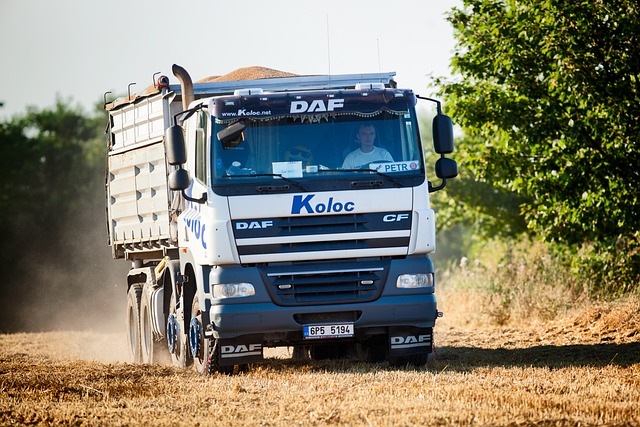Trucking cargo liability involves a complex interplay of contracts, insurance policies, and federal regulations. Insurers and shippers share responsibilities to ensure secure logistics. Efficient claims processing is key to swift recovery, achieved through understanding trucking operations, robust communication, technology solutions, standardized procedures, data-driven approaches, and streamlined processes. By adopting these strategies, stakeholders in the trucking and cargo liability sector can enhance claims efficiency, reduce delays, and optimize risk management.
In the dynamic world of trucking, efficient claims management is paramount for swift recovery post-losses. This article delves into crucial aspects of trucking cargo liability, providing insights on how to optimize the process. We explore key factors influencing seamless claims processing and offer strategic guidelines to accelerate recovery. Furthermore, we present best practices for continuous improvement in claims efficiency, ensuring trucking operations remain resilient and profitable. By understanding and implementing these principles, businesses can mitigate risks and enhance overall operational effectiveness.
Understanding Trucking Cargo Liability: The Basics

Trucking cargo liability forms the backbone of ensuring safe and secure transportation of goods. It’s a complex legal framework designed to protect all parties involved—from truckers and shippers to consignees and carriers. At its core, it’s about understanding who’s responsible for damage or loss incurred during transit.
The basics revolve around contracts, insurance policies, and federal regulations. Trucking companies often carry liability insurance that covers potential losses or damages. These policies vary widely in coverage and exclusions, so it’s crucial to know the specifics—including deductibles and what constitutes a valid claim. Shippers should also be aware of their responsibilities under the law, such as proper packaging and documentation, to minimize the risk of disputes over cargo liability.
Identifying Key Factors for Efficient Claims Processing

In the realm of trucking and cargo liability, efficient claims processing is paramount for swift recovery post-losses. To achieve this, insurers must identify and prioritize key factors that significantly impact the claims journey. The first step involves understanding the unique aspects of trucking operations, such as the diverse range of cargo types, intricate logistics chains, and regulatory compliance requirements. By delving into these specifics, insurers can anticipate potential challenges and tailor their processes to accommodate the peculiarities of the trucking industry.
One critical factor is establishing robust communication channels between all stakeholders involved in the claims process—from drivers and carriers to shippers and insurance providers. Seamless information flow ensures that relevant data is promptly shared, reducing delays and streamlining the overall handling of claims. Additionally, leveraging technology solutions, such as digital documentation and automated data capture, can significantly enhance efficiency by minimizing manual errors and expediting claim assessments.
Strategies to Streamline Recovery Process After Losses

To expedite recovery after losses, especially in the trucking and cargo liability sector, several strategic approaches can significantly streamline the process. One key strategy is implementing efficient documentation protocols. Digitizing records and utilizing specialized software for claim management ensures quick access to crucial information, reducing delays often caused by manual, paper-based processes. Additionally, establishing clear, standardized procedures for handling claims can foster consistency and rapid response times.
Regular training sessions for staff involved in claim processing can further enhance efficiency. Educating them on the latest industry standards, regulations, and best practices empowers them to make informed decisions swiftly. Encouraging open communication among teams, carriers, and clients is also vital. Collaboration can help identify potential issues early on, enabling quicker resolution. Lastly, leveraging technology for real-time tracking of cargo and vehicles can provide valuable data, facilitating faster investigations and claims settlements.
Best Practices for Continuous Improvement in Claims Efficiency

To achieve continuous improvement in claims efficiency, especially in the context of trucking and cargo liability, adopting a data-driven approach is paramount. Insurance providers should analyze historical claims data to identify patterns and trends, enabling them to pinpoint areas for optimization. For instance, assessing the frequency and severity of cargo damage claims can reveal specific risks associated with certain types of goods or shipping routes. This information can then be used to refine risk assessment models, leading to more accurate pricing and targeted loss prevention strategies.
Additionally, implementing streamlined processes and technology is key. Digitalizing claim submission and documentation reduces paperwork and processing time. Automated systems can quickly verify coverage, calculate benefits, and generate reports, minimizing delays and human errors. Regularly reviewing and updating these processes ensures that the claims handling procedure remains efficient as business and regulatory environments evolve, ultimately contributing to quicker recovery times for both insurance providers and their trucking clients.
Prioritizing claims efficiency is key to ensuring swift recovery after losses in the trucking industry. By understanding the basics of trucking cargo liability, identifying critical factors for efficient claims processing, adopting strategies to streamline recovery processes, and implementing best practices, carriers can significantly enhance their operations. These steps not only mitigate financial impacts but also foster a more robust and responsive approach to managing risks associated with cargo liability.
